31 F. high in the Twin Cities Thursday.
34 F. average high for February 28.
33 F. high on February 28, 2012.
15.1" snow fell on the Twin Cities in February.
+ 7.3" above average.
-2.4 F. February temperatures were more than 2 F. cooler than average at KMSP.
March!
The only predictable thing about weather and
life? Change. We track long-term trends over many years and decades, but
the weather is rarely identical from one year to the next. March 2012:
70s and 80s in Minnesota; record or near-record ice-outs; flowers in
full bloom; boats on area lakes by late month. May came 75 days early
last year.
Keep your March expectations modest this year.
Canadian air will keep seeping south into at least mid-month; a thicker,
wider swath of snow cover delaying any spring flings for northern tier
states. NOAA predicts a slight cool bias for Minnesota. At 10.3 inches
of snow, March is the 3rd snowiest month of the year, behind January
& December. But a March snowfall is different: wet & slushy - a
higher sun angle usually melts any new snow within 48 hours.
Next Monday's clipper should sail south of town; no significant precipitation of any flavor in sight thru late next week.
No frigid outbreaks either. That may be it for subzero lows, at least in the metro area.
I'm grateful for small things: no need for
undershirts, I've retired my ugly earmuffs for the winter - I can walk
our dog, Leo, without holding my breath.
A lamb-like start to March!
Why Spring Is Not Right Around The Corner. We may
see 40 F by late next week, but don't expect any 50s or 60s into
mid-March. There's too much snow on the ground, nationwide, and a
negative phase of the NAO (North Atlantic Oscillation) means a 'wavier"
jet stream, capable of pulling more Canadian air south into the USA.
Last year a strongly positive NAO mean (howling) west winds from the
Pacific were so powerful and persistent that the coldest air was bottled
up over northern Canada.
Negative Phase of NAO. NOAA models show a (slightly)
negative phase of the North Atlantic Oscillation lingering into
mid-March. Once the NAO goes positive (late March) we may finally see a
stronger westerly wind flow and a better chance of 1). melting snow, and
then 2). a few 50s. 70s and 80s this year, in March? I highly doubt it.
ECMWF: No Drama. The European model keeps us dry for
the next week; Monday's clipper staying south and west of the Twin
Cities. After a chilly weekend temperatures moderate the latter half of
next week - a shot at 40+ by the end of next week.
Risk Of A Clipper. The ECMWF forecast, valid Monday
evening, shows a clipper pushing snow across the Dakotas into
southwestern Minnesota. Confidence level is still low as to whether
we'll see any snow in the metro area.
U.S. Models: Snow Potential Sunday Night Into Monday Morning.
We're keeping an eye on the next clipper, which may drop a few inches
of snow on southern and western Minnesota late Sunday into Monday. A
light accumulation is possible in the metro - I want to see a few more
model runs to see if there's any continuity.
March Temperature Outlook. NOAA's CPC (Climate
Prediction Center) is forecasting a slight cool bias from Montana into
the Dakotas and Minnesota - which jives with the long-range temperature
data I'm seeing. Keep the heavy jackets handy - spring is most
definitely not right around the corner. Map: Ham Weather.
Attention Shoppers: There's So Much Snow The Roof May Collapse. This is probably not what you want to hear when you're in one of those Big Box retail stores.
KOMU.com has the details from the University of Missouri-Columbia: "
Shoppers
at Sam's Club and Walmart on Conley Road report being told to evacuate
the store Thursday morning because of a threat of roof collapse. The
shoppers said stores were worried the load of snow on the roofs of the
buildings is too great. Eyewitnesses said they could see workers
removing snow from some of the roofs..."
Dueling Tornadoes. The
YouTube clip is spectacular - twin waterspouts off the coast of Spain. I wish My Spanish was better....
Another Perspective. Check out the photo from
Facebook
and Irish Weather Online - another look at a pair of waterspouts
clearly visible just offshore. Tornadoes are rare across Europe, but
small twisters are possible during the spring months when instability
and wind shear values are high.
Water Wars? Here In The U.S.? Here's the intro to a story at
scienceblogs.com: "
OK,
put away your guns. We’re not talking shooting wars, at least not yet,
at least not in the U.S. We’re talking politicians shooting off their
mouths, political wars, and court battles. But water is serious
business. But it is a different story around the world, where there is a
long and sad history of violent conflict over water. At the Pacific
Institute we maintain the Water Conflict Chronology,
documenting examples going back literally 5,000 years. As others have
pointed out, water can be – and often is – a source of cooperation
rather than conflict. But conflicts over water are real. And as
populations and economies grow, and as we increasingly reach “peak water”
limits to local water resources, I believe that the risks of conflicts
will increase, even here in the United States, and not just in the
water-scarce arid west..."
Google Glass And Other Tech Stuff I Don't Need. Here is a clip of an article at PBS's
Next Avenue that caught my eye: "...
As
a tech-minded person and writer, I see new products all the time.
Sometimes they’re exciting, but more often than not I find them
borderline ridiculous. But don’t take my word for it. Decide for
yourself what you think about this sampling of new gizmos that I came
across at the Consumer Electronic Show in Las Vegas last January.
- GameCube
Exergaming is hot, especially for 50-plussers who want to Zumba in the
privacy of their living rooms. But with all its harness and pulleys,
GameCube looks like something the Marquis de Sade would have designed if
he were alive today.
- The iPotty The
premise: Bribe the kid to go on the potty with iPad time instead of
candy. I doubted anyone would get on board with this — until a young
friend hoping to send her toddler to a preschool that accepts only
toilet-trained kids told me this is her last resort.
- Jeans with built-in keyboard, mouse and speakers Who.
Would. Want. These? They've got to be horrible for every joint in a
boomer’s hips, neck, back, arms and hands. (Plus they'd make us look
fat.) Right now there’s only one prototype pair. Let’s hope it stays
that way...." (image above: Wired.com).
19 People Who Are Having A Way Worse Day Than You. O.K. It's juvenile, but a friend sent me this link from
Buzzfeed, and I can't remember the last time I laughed so hard. Click
the link at your own risk.
Paul's Conservation Minnesota Outlook for the Twin Cities and all of Minnesota:
TODAY: Partly sunny, cool breeze. Winds: N 10. High: near 30
FRIDAY NIGHT: Mostly clear and chilly. Low: 11
SATURDAY: Intervals of cool sun, less wind. High: 27
SUNDAY: Quiet. Mix of clouds and sun. Wake-up: 10. High: 32
MONDAY: Clipper stays south. Flurries? Wake-up: 19. High: 31
TUESDAY: More clouds than sun. Wake-up: 20. High: 30
WEDNESDAY: Sunny and milder. Wake-up: 21. High: 36
THURSDAY: Mostly cloudy, windy. Wake-up: 23. High: near 40
* photo above courtesy of Big Mike and Ruby Bousman (and WeatherNation TV).
Climate Stories...
Waves In Atmosphere Could Be Linked To Extreme Weather, New Study Finds.
A warmer Arctic may be impacting jet stream patterns, especially in the
summer and fall, increasing the potential for more weather extremes.
Here's an excerpt from LiveScience and
Huffington Post: "
Extreme
weather events have been on the rise in the last few decades, and
man-made climate change may be causing them by interfering with global
air-flow patterns, according to new research. The Northern Hemisphere
has taken a beating from extreme weather
in recent years — the 2003 European heat wave, the 2010 Pakistan flood
and the 2011 heat wave in the United States, for example. These
events, in a general sense, are the result of the global movement of air.
Giant waves of air in the atmosphere normally even out the climate, by
bringing warm air north from the tropics and cold air south from the
Arctic. But a new study suggests these colossal waves have gotten stuck
in place during extreme weather events..." (Image above: NASA).
Funding Climate Denial. Here's an excerpt from
Media Matters: "
A
group named Donors Trust has been funneling far more money than
ExxonMobil ever did to climate denial groups, but because the source of
the funds remains largely hidden, the public has been unable to
pressure the donations to stop as they did with Exxon. A small portion of Donors Trust's funding was recently revealed by the Center for Public Integrity,
yet even that small portion has significant ties to the Koch brothers
and other fossil fuel interests....One of the "controversial issues"
that Donors Trust and its sister organization Donors Capital Fund have bankrolled is the campaign
to cast doubt on the science of climate change and delay any
government action to reduce emissions.* The following chart created by The Guardian
based on data from Greenpeace shows that as ExxonMobil and the Koch
Foundations have reduced traceable funding for these groups, donations
from Donors Trust have surged..." (Graphic above: The Guardian and Greenpeace).
Forecasting Change: A Meteorologist And An Artist On The Climate Crisis.
Cynthia Hopkins, whose play, "This Clement World", focuses on a
rapidly changing climate, garnered rave reviews when it opened in the
New York City area. The play is coming to The Walker next week. Here's
an excerpt of a recent interview at
The Walker Art Center's Magazine: "
Paul
Douglas considers himself an “albino unicorn.” A moderate Republican,
he’s also a meteorologist who believes climate change is real. That
position was met with scorn by some of the right, who called him a
“RINO [Republican In Name Only] climate poser,” a “global warming hoax
promoter,” and worse. Theater artist and musician Cynthia Hopkins
didn’t need much convincing about the dire consequences we face if we
don’t address the climate crisis, but two events were pivotal in
pushing her to take up the subject in her art—a talk on sustainability
at the 2009 Tipping Point conference and a residency with Cape Farewell, a program that aims to “instigate a cultural response to climate change.” In 2010, she joined Cape Farewell’s Arctic Expedition,
in which artists and marine scientists experienced the very environment
most threatened by global warming. While their career paths are
sharply divergent, Douglas and Hopkins share twin tools when addressing
climate change—science and spirituality...."
NASA: Climate Change Things Forests In Eastern U.S. You think you're stressed by recent summers? So are the trees. Here's a story that caught my eye, an excerpt courtesy of
USA Today: "
Years
of drought and high temperatures are thinning forests in the upper
Great Lakes and the eastern United States, NASA satellites show. Nearly
40% of the Mid-Atlantic's forests lost tree canopy cover, ranging from
10% to 15% between 2000 and 2010, according to a NASA study released
this week. Other afflicted areas include southern Appalachia, the
southeastern coast and to a lesser extent, the Rocky Mountains and the
Sierra Nevada. "There has been a series of summers — growing seasons
for trees — that have been deficient in moisture. When you combine that
with higher temperatures, it's stressing the trees," says author
Christopher Potter, a research scientist at NASA's Ames Research Center
in Moffett Field, Calif..."
Graphic credit above: "
Drought and
heat have caused thinning of forest canopy in the eastern United States
from 2000 to 2010, according to a NASA study released in this month.
Green areas show increasing tree canopy whereas brown shades show a
thinning. Four forest areas negatively affected are circled in red:
Great Lakes, Southern Appalachian, Mid-Atlantic, and southeastern
Coastal Plain." (Photo: NASA)
How Climate Change Affects Your Winter Sports. Here's an excerpt from a story at
The PBS News Hour: "
Jenny
Bushmaker teaches children to love the outdoors at an environment
education facility in Silver Bay, Minn. But with less and less snow each
winter, her work is becoming more difficult. “Without snow in the
winter, [I] have a hard time teaching snowshoeing, Ojibwe winter
history, cross country skiing, animal tracking, winter animal
adaptations and much more,” Bushmaker said. “I spend more time indoors
than I used to and I'm not nearly as active as I normally am.”
Antarctica's Exit Glaciers: The Drunk Drivers of Climate Change. Here's a portion of a fascinating article at
arstechnica.com: "
Richard Alley's studies of the role of ice sheets in climate change have earned him various awards, a PBS special,
and have made him a repeat performer at the meetings of the American
Association for the Advancement of Science. When I first saw him speak a
few years ago, he argued that the ice sheets of Antarctica and
Greenland play a huge role in controlling sea levels. Mountain glaciers
don't hold nearly as much water, while the thermal expansion of water
in the oceans is a slower and more predictable process. The ice sheets,
in contrast, have been a big unknown. At the time, we didn't yet fully
understand how much of them might melt, or how quickly they might dump
water into the oceans..."


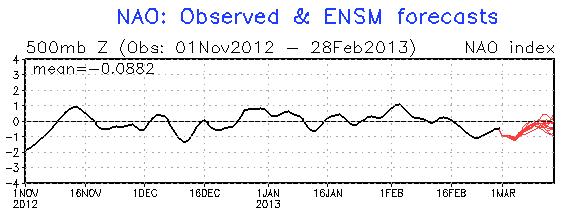

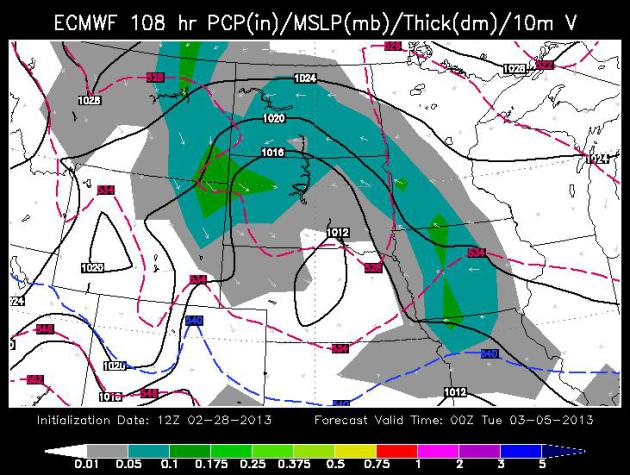

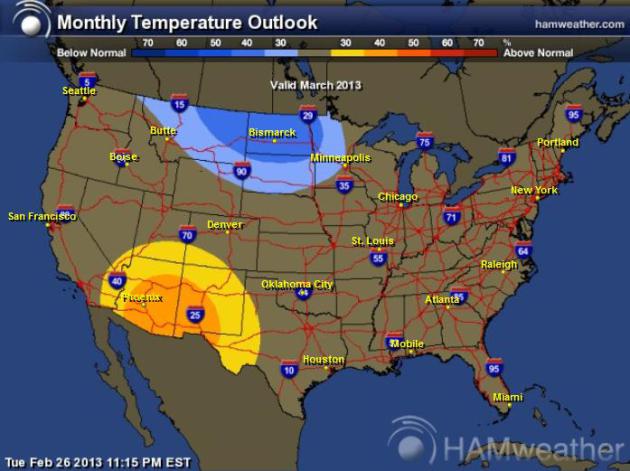
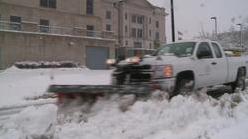
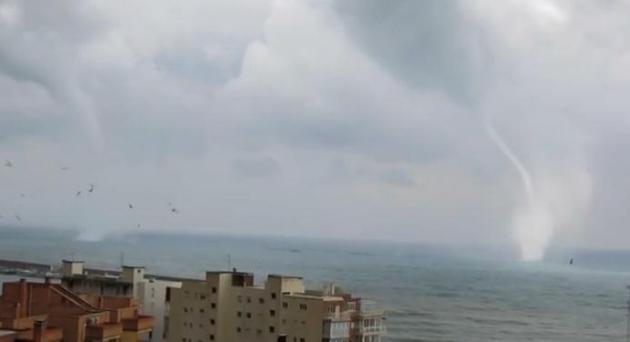

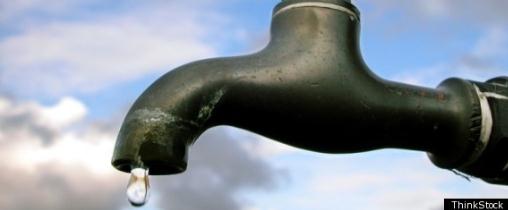


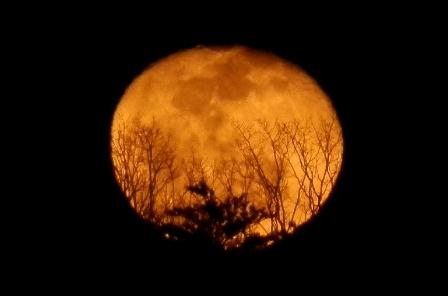
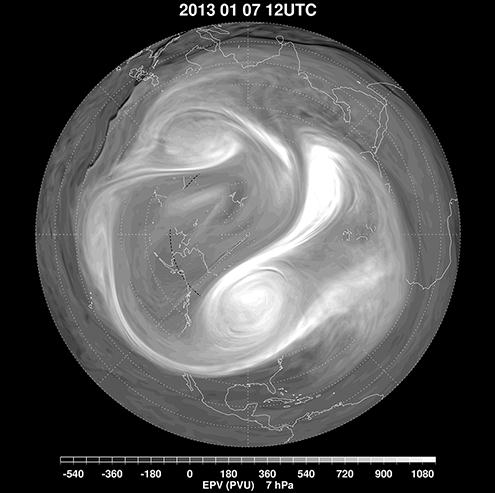
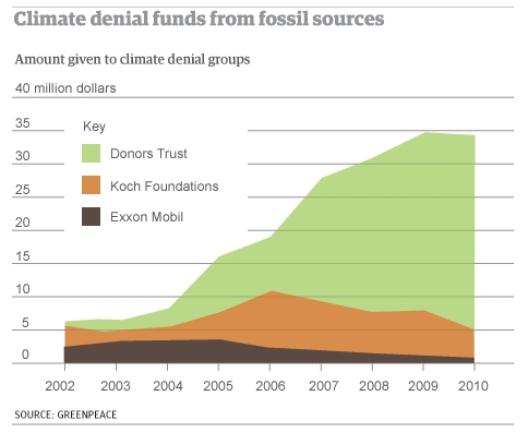


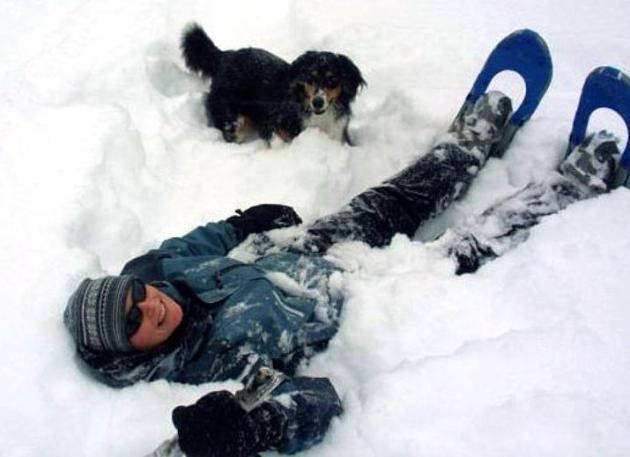

No comments:
Post a Comment